May 19, 2025 | 14:28 GMT +7
May 19, 2025 | 14:28 GMT +7
Hotline: 0913.378.918
May 19, 2025 | 14:28 GMT +7
Hotline: 0913.378.918
Between 2017 and 2023, India’s total share in US imports rose by 0.6 percentage points to 2.7% while mainland China’s portion dropped by around 8 percentage points to under 14%, according to Oxford Economics. The biggest beneficiary from the trade diversion in the region has been Vietnam, whose total share in US imports grew by 1.7 percentage points to 3.7% in the period.
Taiwan and South Korea have also made greater strides than India, increasing their share of US imports by 1 percentage point and 0.7 percentage points, respectively, according to Oxford.
The study underscores the uphill task facing Prime Minister Narendra Modi as he attempts to boost the country’s lagging manufacturing sector, whose share of gross domestic product has remained broadly stagnant at 17% for over a decade. The research also implies that India may struggle to make significant gains if Donald Trump returns as US president and follows through with a threat to impose a 60% tariff on Chinese goods.
“The US-China trade war so far has improved India’s export prospects only to a limited extent, dashing hopes that an escalation of the conflict could boost the lagging manufacturing sector,” Alexandra Hermann, an economist at Oxford Economics wrote in a note. “India’s export strengths largely lie in sectors of the ‘old economy’, where growth potential is limited and competition is fierce.”
India has made substantial advances in boosting electronic exports to the US, but its imports of components from China have surged as well, suggesting there’s little value added to domestic manufacturing. According to Oxford, China accounted for about a third of India’s imports of electronics, machinery and chemicals & pharmaceuticals in 2023. For components such as certain semiconductor devices, as much as 67% of India’s imports came from China.
“This leaves India at risk of becoming subject to US trade restrictions, with other third countries such as Vietnam already experiencing greater US protectionism,” Oxford said in its report.
India also hasn’t been able to attract a greater portion of global foreign direct investment, even as FDI flows to China plummet, it said.
(Bloomberg)
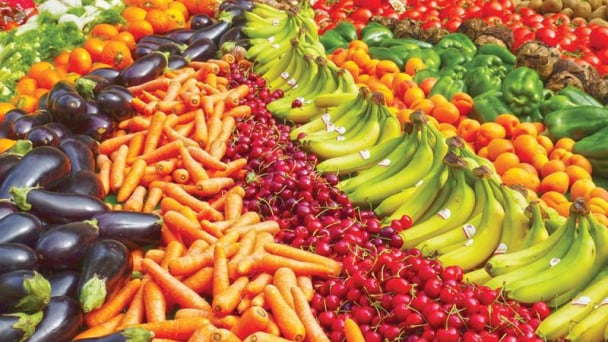
(VAN) On May 15, Ministry of Agriculture and Environment of Vietnam hosted the 'Connecting Vietnam - Germany agricultural, forestry and fishery trade' seminar in Berlin, Germany.
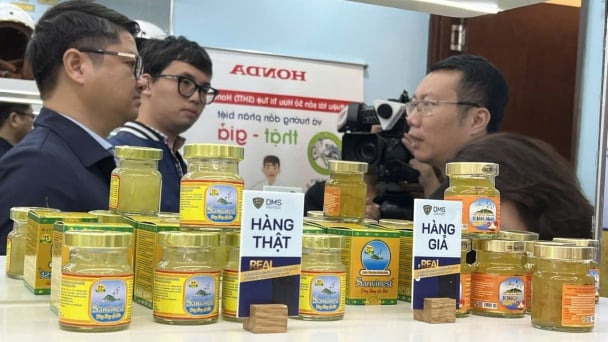
(VAN) In the face of counterfeit and imitation products, Khanh Hoa Salanganes Nest Company hopes for the prompt completion of the legal framework, strict enforcement against violations, and protection of the bird’s nest brand.
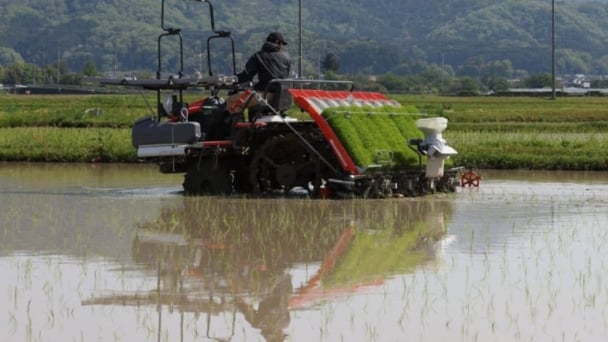
(VAN) Japan's efforts to lower the price of rice through the release of its stockpile may finally be making some progress, albeit at a snail's pace.
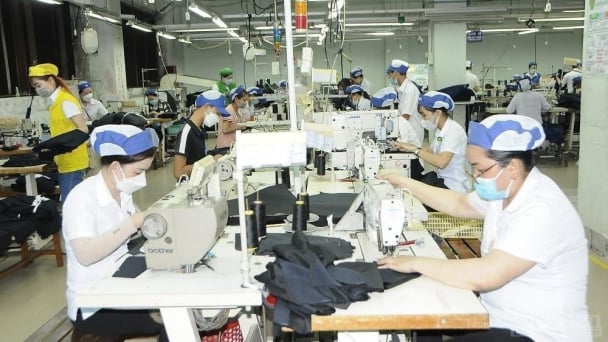
(VAN) U.S. tariffs are not only a 'shock', but also an opportunity for Vietnamese businesses to renew their mindset toward comprehensive development.
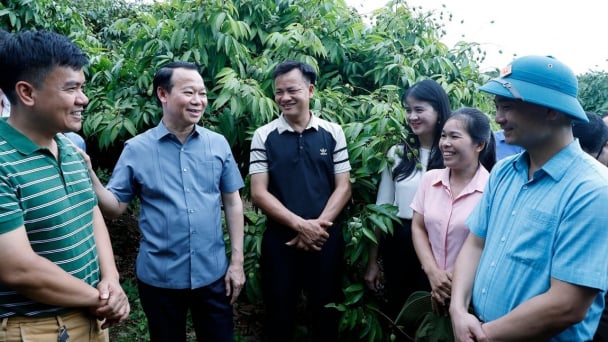
(VAN) As Bac Giang lychee enters the harvest season, Minister Do Duc Duy expects that the fruit will contribute greatly to agricultural exports due to standardized production and deep processing.
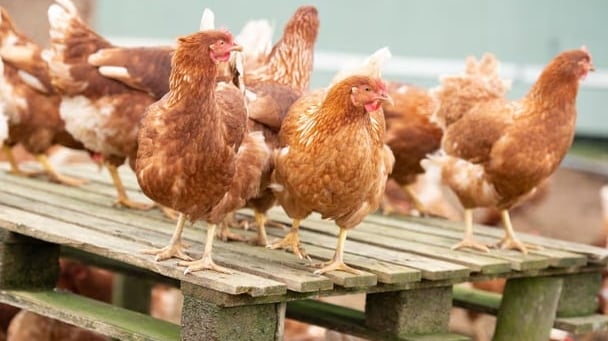
(VAN) Consumers have shown a preference for free-range eggs, but those farming systems are more vulnerable to biosecurity risks like bird flu.
/2025/05/09/5701-1-184335_301.jpg)
(VAN) Vietnam’s eel exports nearly doubled thanks to a mud-free farming model, opening up new prospects while still facing numerous barriers related to international standards.